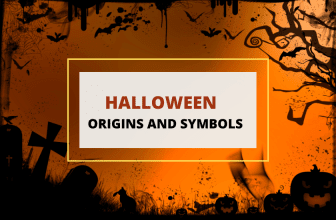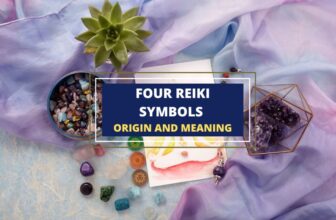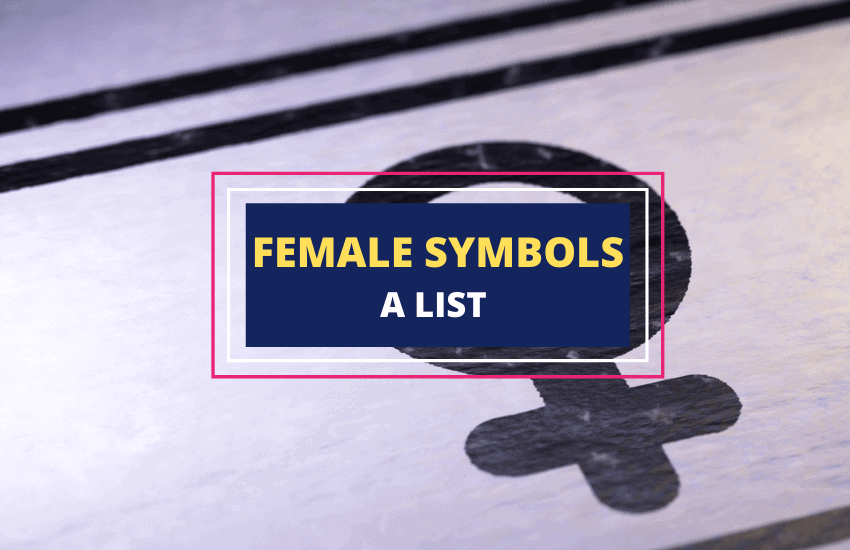
Table of Contents
Since ancient times, various symbols have been used to represent the power, energy, and vitality of the feminine.
Some of these female symbols are inspired by nature, such as the moon, whereas others are more obscure, human-made objects that still cause controversy and debate.
Here’s a look at some of the most popular symbols of femininity.
1. Moon

One of the best-known feminine symbols, the moon in any form is viewed as feminine. It has been associated with several goddesses of various mythologies, including the Egyptian goddess Isis, the Japanese goddess Tsukuyomi, and the Greek goddesses Selene, Artemis, Demeter, Persephone, and Hecate.
There are several reasons for these associations. One reason is that the lunar month was often linked to the female monthly cycle.
In addition, it’s said that the moon follows the natural curves of a woman’s body. In many cultures, people believed in the power and the feminine energy of the moon and tapped into it by calling upon lunar deities, the goddesses associated with the moon.
2. Venus Symbol
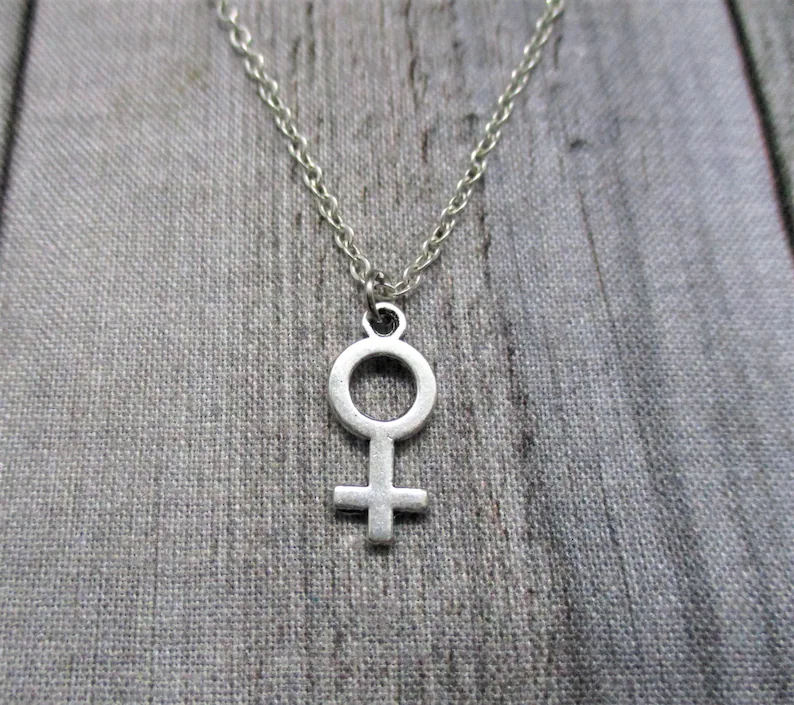
This symbol is typically used to represent the female gender and features a circle with a cross attached to it from beneath.
Known as the Venus symbol, the image was used as a symbol of the Roman goddess Venus (Greek counterpart Aphrodite). The image is derived from the ancient Greek letters for the classical planet Venus. A variation is two interlocked Venus symbols, which are seen as a symbol of lesbianism.
3. Triple Moon Symbol
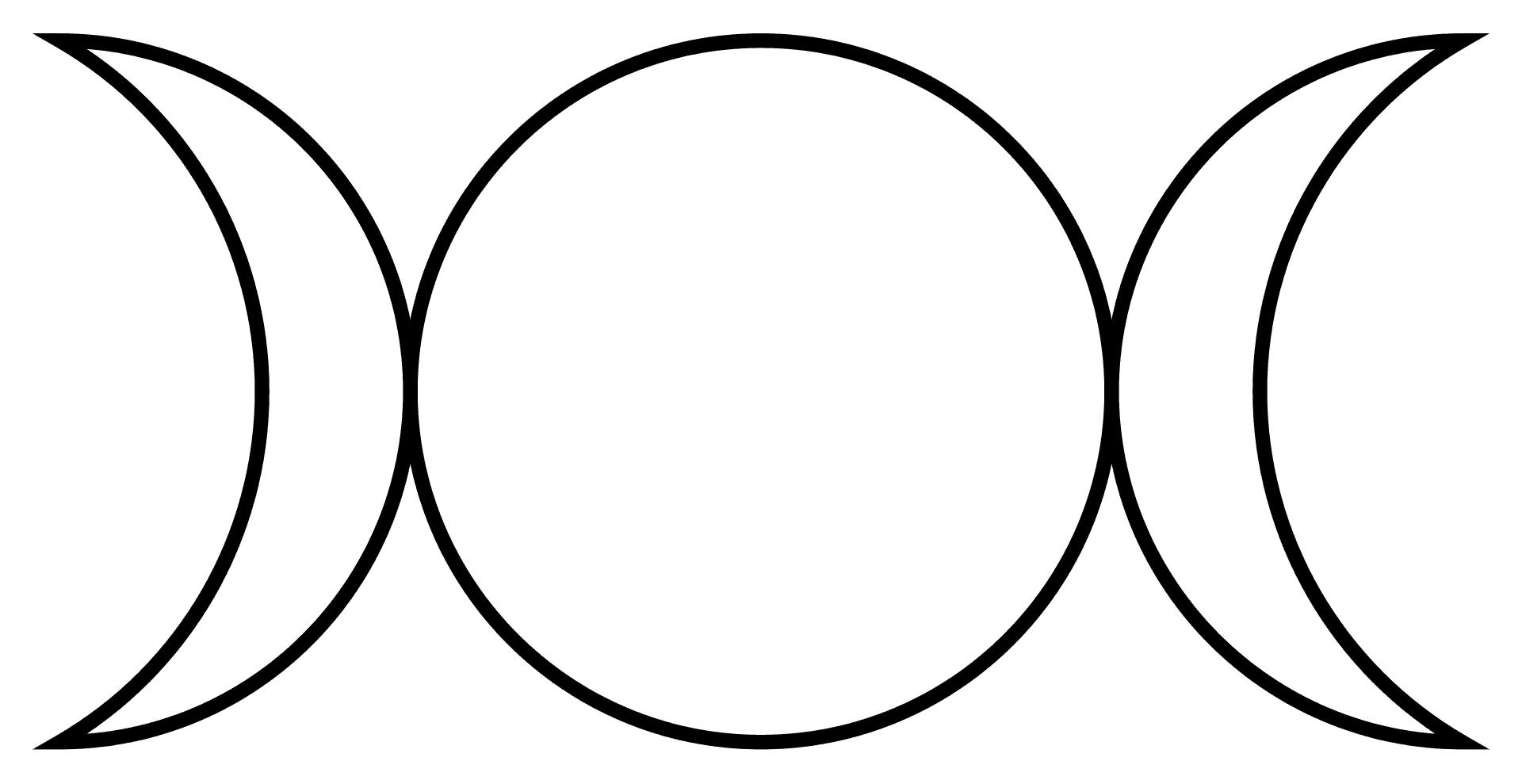
One of the best-known symbols of the female, the Triple Moon represents femininity, female energy, fertility, wisdom, intuition, and power.
The three stages of the moon (waxing, full, and waning) are associated with the Maiden, the Mother, and the Crone, who represent the three stages of a woman’s life. Each of these stages represents a different aspect of femininity.
The Maiden represents purity, innocence, enchantment, and youth, while the Mother represents fertility, power, and maturity. The Crone represents wisdom that comes with age. Together, the Triple Moon symbol represents the Triple Goddess, still worshipped today by pagans and Wiccans.
4. Chinese Character Nǚ 女
The Chinese character Nǚ 女 means woman but can also mean daughter and female. It looks like a woman crossing her legs.
The character is often used in words that don’t appear to be related to women, but on closer inspection, you can find links.
Because women haven’t always been respected in Chinese society, many negative words carry the Nǚ character. For example:
- Jealousy – 嫉妒
- Slave – 奴 (the symbols for woman 女 and hand 又equals a slave)
5. Venus of Willendorf
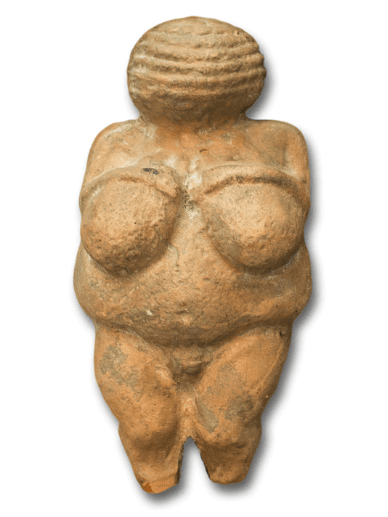
The Venus of Willendorf refers to an ancient artifact that dates back to around 25,000. This famous figurine represents a woman’s body with very pronounced physical and sexual characteristics, including huge breasts, very thin thighs, a large belly, and braided hair. The figure has no legs.
The figure is seen today as a symbol of fertility or possibly an unnamed goddess from ancient times. Some also believe that it represents the beauty norm for women at the time.
Whatever its exact symbolism, today the Venus of Willendorf is seen as a female symbol.
6. Elephants
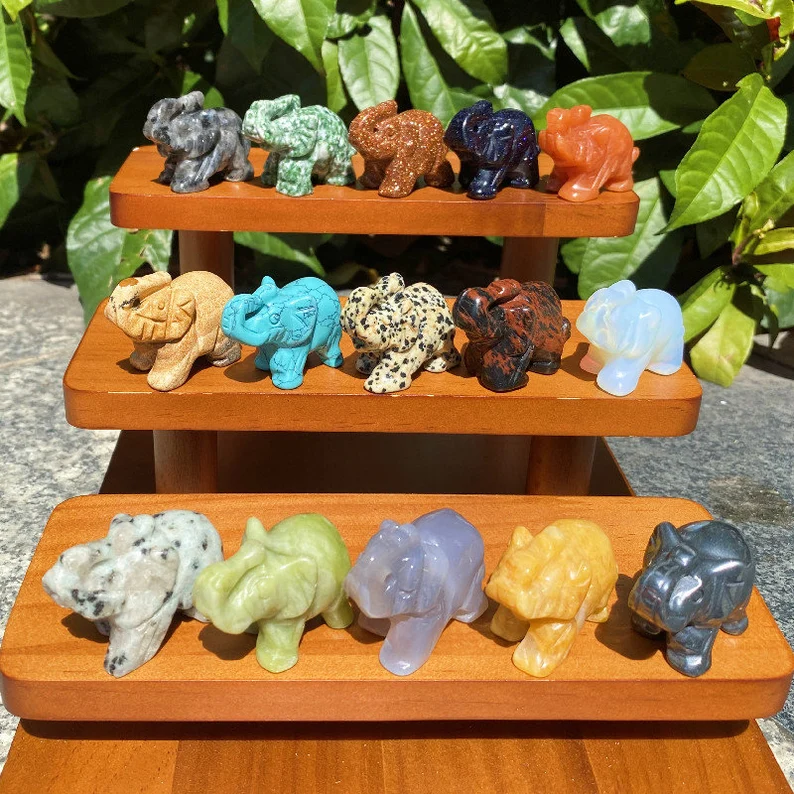
Elephants are often viewed as symbolizing many feminine attributes, largely because of their loyalty to family.
These animals are excellent mothers, nurturing and caring for their young and even staying with them all their lives.
In addition to this, elephants can also represent feminine wisdom and intuition. Motherhood is an important aspect of femininity, and these attributes make elephants an excellent symbol of femininity.
7. Sheela Na Gig
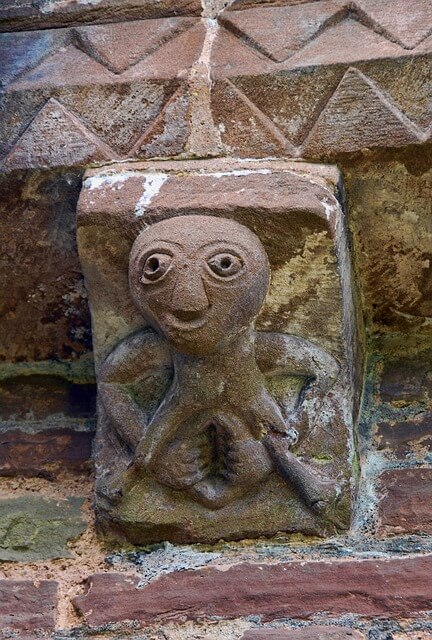
Sheela na gigs refer to ancient carvings of naked women displaying a large, exaggerated vulva. These figures are found throughout most of Europe, with Ireland, Great Britain, France, and Spain having the greatest number of surviving Sheela na gigs.
These carvings can even be seen in British churches, and have caused shame, embarrassment, and even anger to those who see them.
It’s believed that Sheela na gigs were used to ward off evil spirits and offer protection, but there is no consensus on what they really represent.
Some speculate that Sheela na gigs represent fertility while others believe they’re a warning against lust.
Today, feminists have adopted the symbol as a symbol of female empowerment, and Sheela’s unapologetic and confident sexual display is “a message about her (a woman’s) body, it’s power and significance”.
8. Lotus
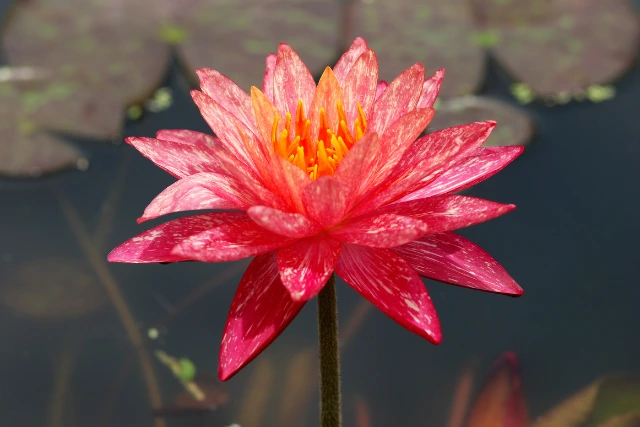
The lotus flower is one of the most symbolic flowers, representing various concepts such as enlightenment, spirituality, resurrection, detachment, and purity. In addition to this, it also represents femininity and the nature of womanhood.
Some representations of the lotus use the lotus bud to signify a young virgin, while a fully bloomed lotus is symbolic of a mature, sexually experienced female.
The Han and Ming dynasties of China used the lotus to refer to the vagina, with the term golden lotus often used in poetry and other sacred texts.
9. Ichthys
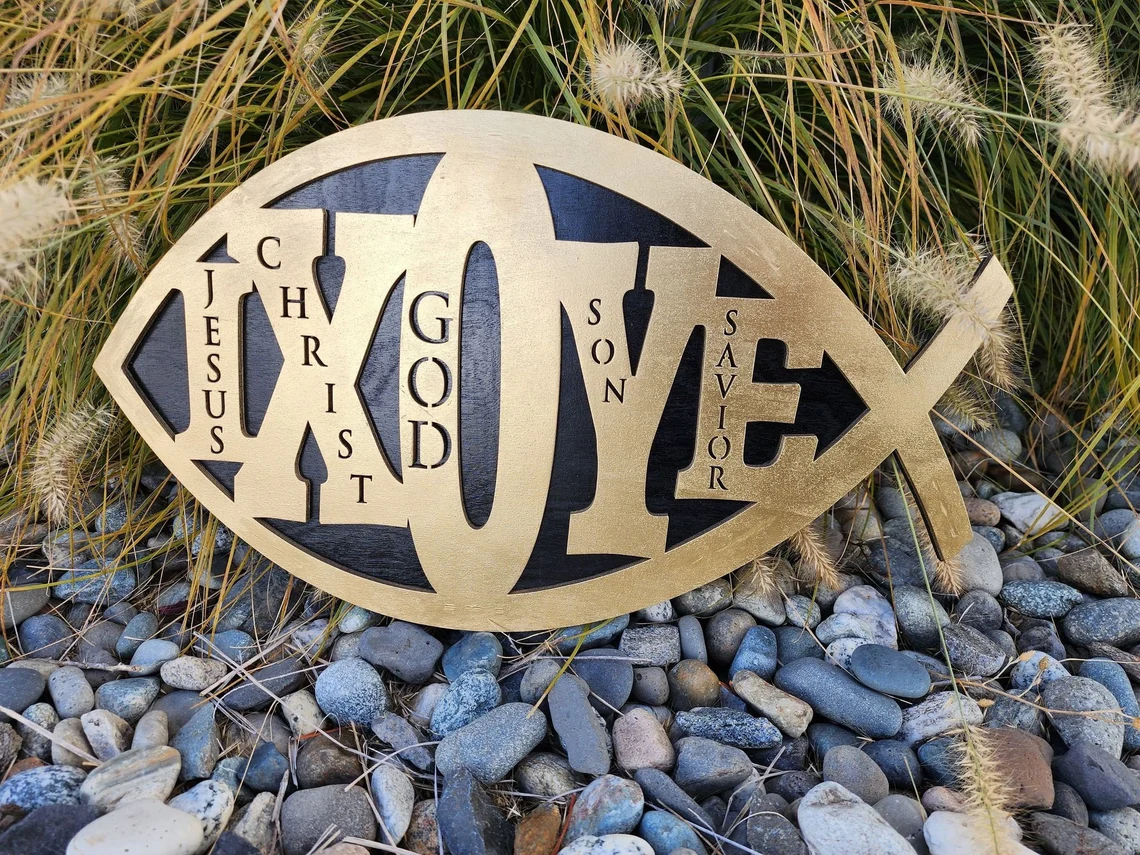
Today the ichthys is seen as a prominent Christian symbol, but in the past, the symbol was used to represent femininity and the vagina.
The pagan symbol was often portrayed alongside images of fertility and sex goddesses, such as Aphrodite, Artemis, and Atargatis, the Syrian fertility goddess, and was used to represent vulvas.
The phrase vesica piscis, which was an early name for the ichthys, translates as vessel of fish. In ancient Greek, the words for fish and womb were the same, and therefore, the use of the fish symbol to represent femininity and female power was natural.
During the early periods of Christianity, Christians were persecuted for their faith and needed a symbol to identify other Christians in safety. Because the ichthys was so well known, they adopted it as a Christian symbol.
Wrapping Up
Symbols of femininity have been around since ancient times, representing the power, strength, intuition, and caring qualities of women.
If you want to learn more about strong female characters, check out our articles on moon goddesses, fire goddesses, wisdom goddesses, nature goddesses, and love goddesses.






